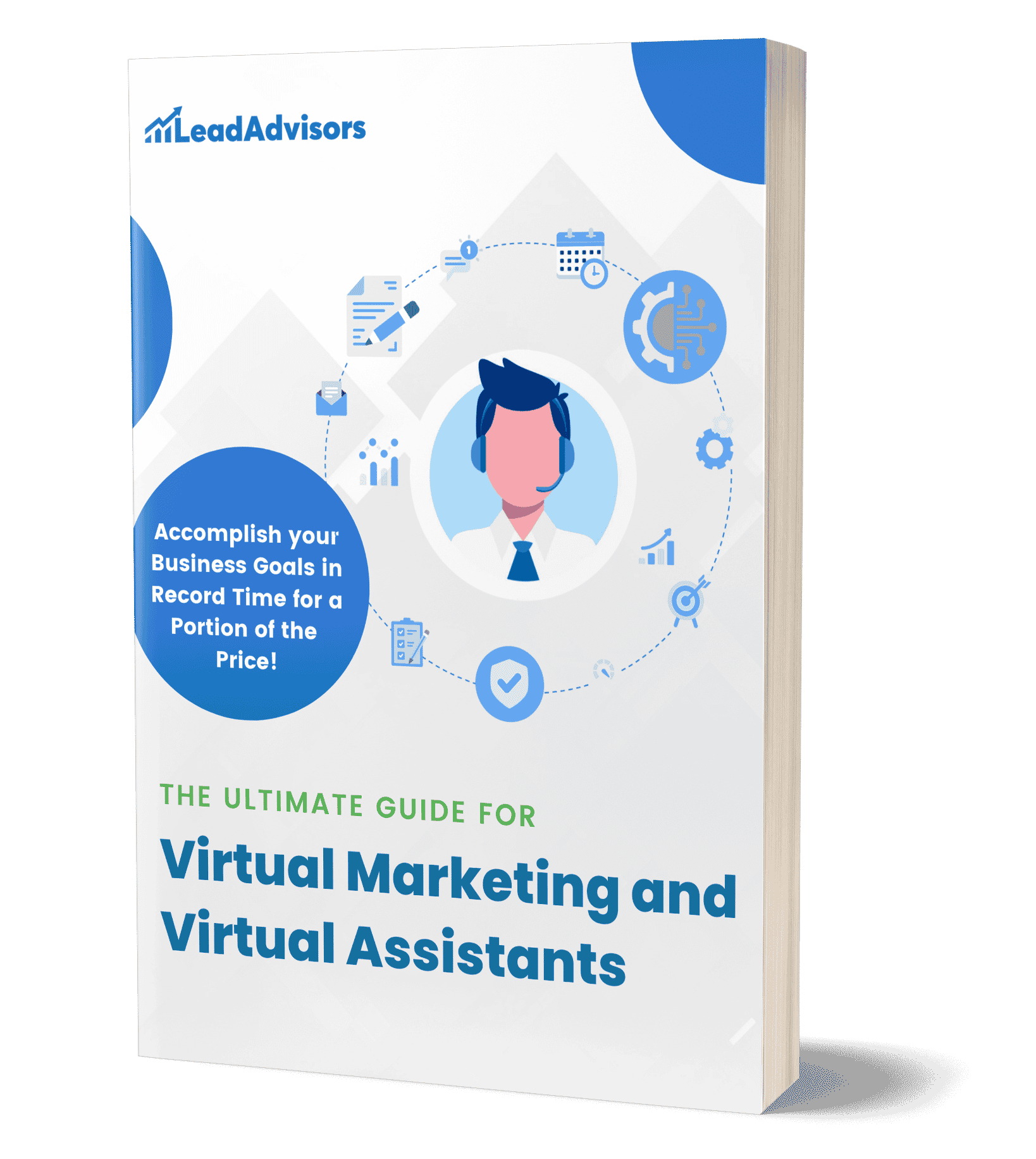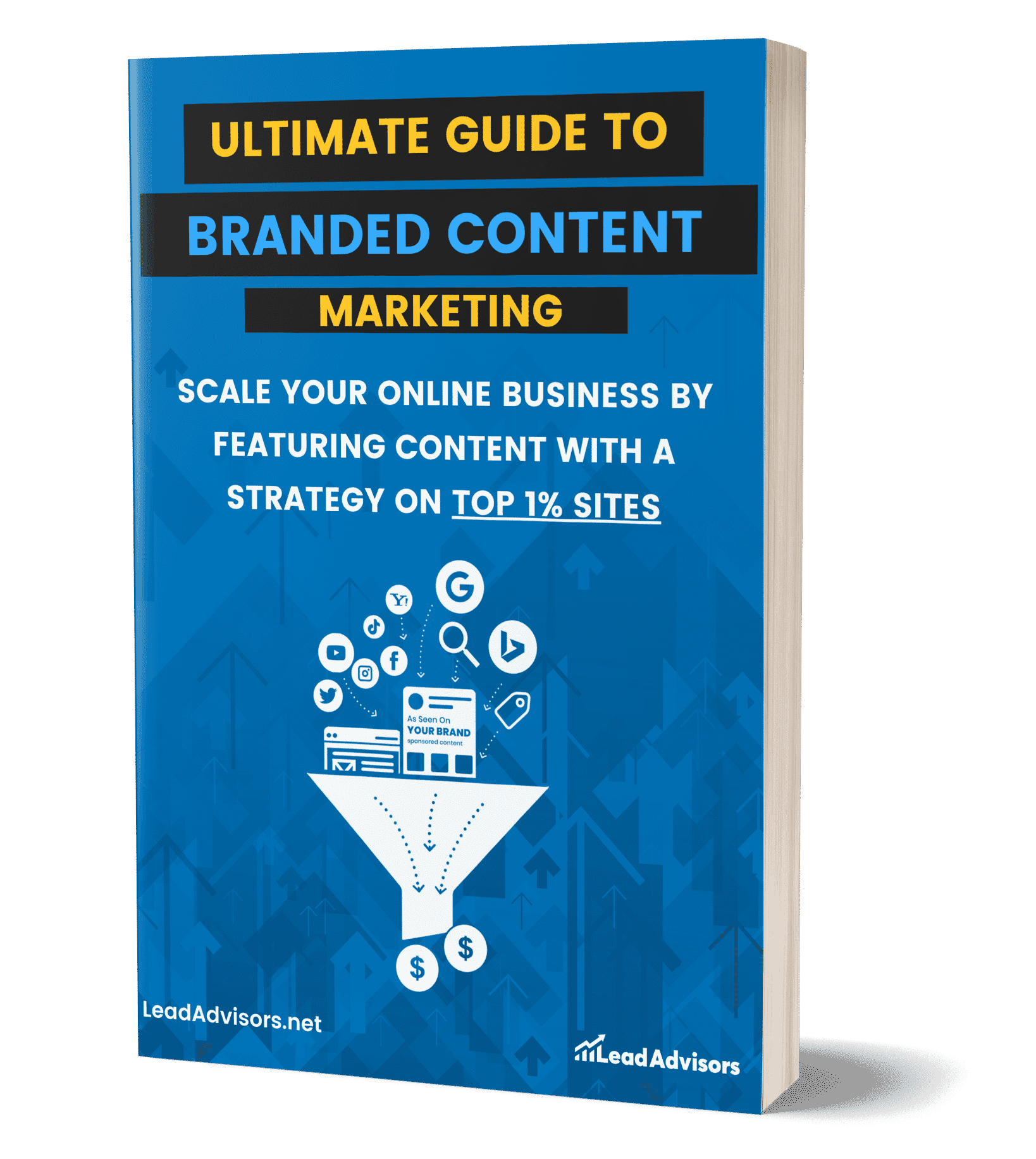Evergreen content is the secret to driving consistent traffic and improving your website’s rankings year after year. Unlike trending topics that fade quickly, evergreen content stays relevant, valuable, and searchable over time. It answers timeless questions, solves ongoing problems, and builds long-term authority in your niche.
True or false: Does evergreen content stay relevant to its readers? Proper – when done right.
In this guide, you’ll learn exactly how to use evergreen content to boost SEO, attract visitors, and keep your website ranking long after the publish date.
Understanding Evergreen Content & How It Works
In marketing, evergreen content refers to content that maintains its relevance and usefulness long after it’s published. In business terms (evergreen meaning business), it’s a strategic asset that continues delivering value without frequent reinvestment.
This is the heart of evergreen marketing – creating resources that drive results for months or years.
How Evergreen Content Works
Evergreen content works because it provides timeless value. It requires minimal updates, yet offers continual SEO benefits by consistently attracting searches.
An evergreen blog post often ranks for stable keywords, drawing steady traffic while boosting site authority. This evergreen value makes it a sustainable growth tactic.
Evergreen Content vs Trending Content
- Evergreen content SEO: Steady, long-term search performance. Example: “How to Start a Blog.”
- Trending content: Short bursts of attention, then rapid decline. Example: “Google’s January 2025 Core Update Explained.”
- Opposite of evergreen content: Time-bound pieces like news reports, seasonal promotions, or event recaps.
When used correctly, evergreen content pieces can be your most reliable ranking tools, working in the background while you focus on new growth opportunities.
Tip 1 – Choose Evergreen Topics That Can Rank
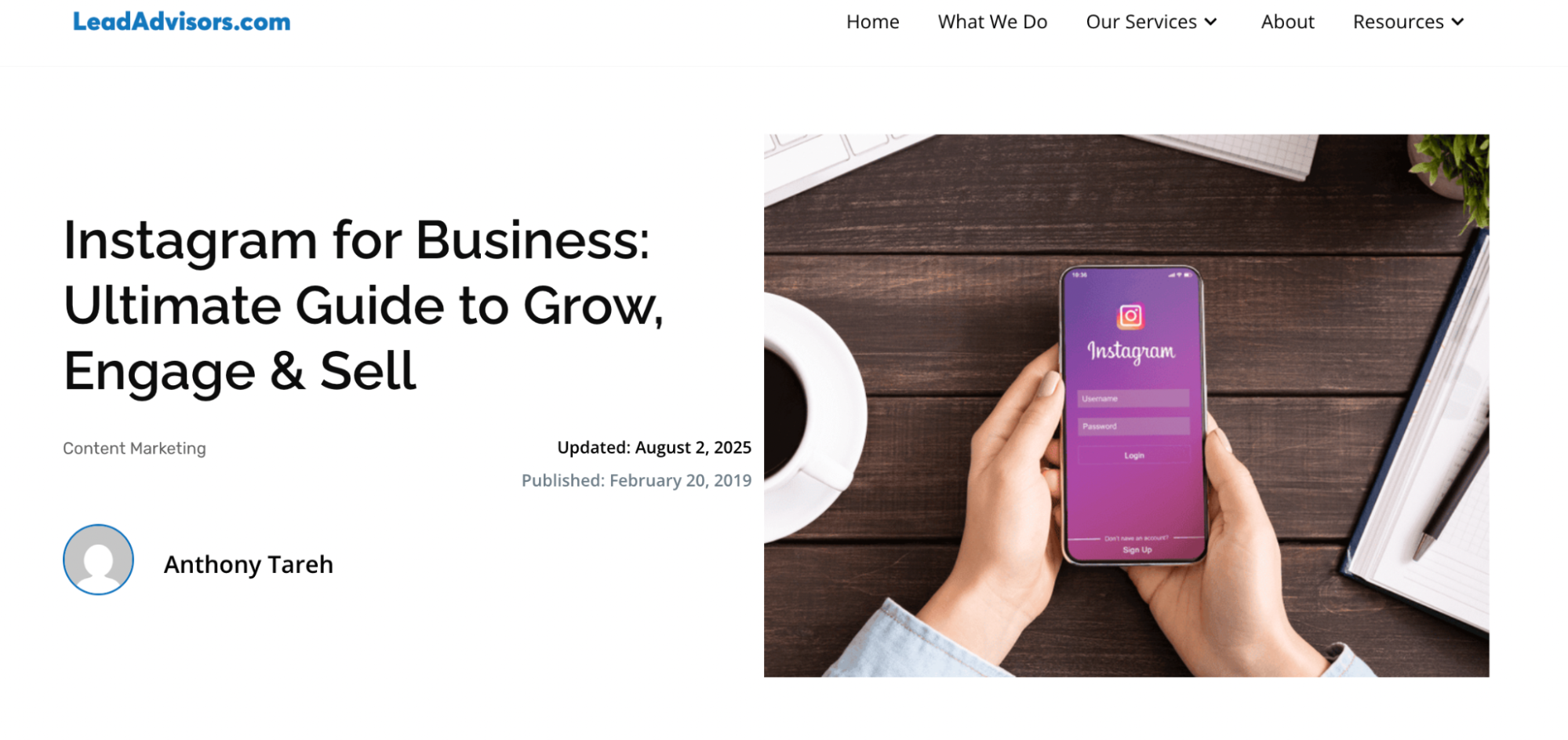
The first step in creating high-performing evergreen content is selecting the right evergreen topics – subjects with stable search demand that remain relevant over time. These are not tied to news cycles or seasonal events but address ongoing needs in your audience’s niche.
Evergreen content examples include:
- “Beginner’s Guide to Personal Finance” (how-to format)
- “Glossary of Digital Marketing Terms” (reference resource)
- “10 Healthy Breakfast Ideas” (lifestyle listicle)
- “How to Change a Flat Tire” (practical tutorial)
Each example of evergreen content works because it solves a problem or provides information people will search for repeatedly.
Best types of evergreen content often include:
- How-tos and tutorials – Clear, step-by-step guides.
- Glossaries and definitions – Foundational resources like an evergreen blog post explaining industry terms.
- Resource hubs – Collections of tools, links, or case studies.
- Evergreen videos – Educational or skill-based content that’s always useful.
When brainstorming evergreen content ideas, use keyword research tools to check for consistent monthly search volume. Aim for topics that will still be relevant in 2–5 years, not just during current trends.
This way, your content can continually attract traffic and backlinks without constant rewriting.
Tip 2 – Create & Optimize Evergreen Content for SEO

Once you’ve chosen your topics, the next step is to create evergreen content that will hold its ranking power for years.
How to write evergreen content:
- Start with long-tail keyword research – Focus on search phrases with steady monthly volume and low competition. This ensures long-term relevance and better ranking opportunities.
- Use clear formatting and strong headings – Break content into digestible sections with H2/H3 headings, making it easier for both readers and search engines to navigate.
- Build internal links – Connect your evergreen posts to related articles to strengthen your site’s SEO architecture.
Enhance with multimedia – Adding evergreen video content or evergreen YouTube content increases engagement and attracts visual learners. A YouTube evergreen content strategy – such as tutorials or educational explainers – can bring a constant stream of views alongside your written content.
Evergreen content scheduling – Even the best evergreen content benefits from a refresh. Set a content review cycle (every 6–12 months) to update statistics, refine keywords, and keep information accurate.
When you create evergreen content with these optimizations, you’re not just publishing an article – you’re building a digital asset that works for you year after year.
Tip 3 – Promote Evergreen Content Across Multiple Channels
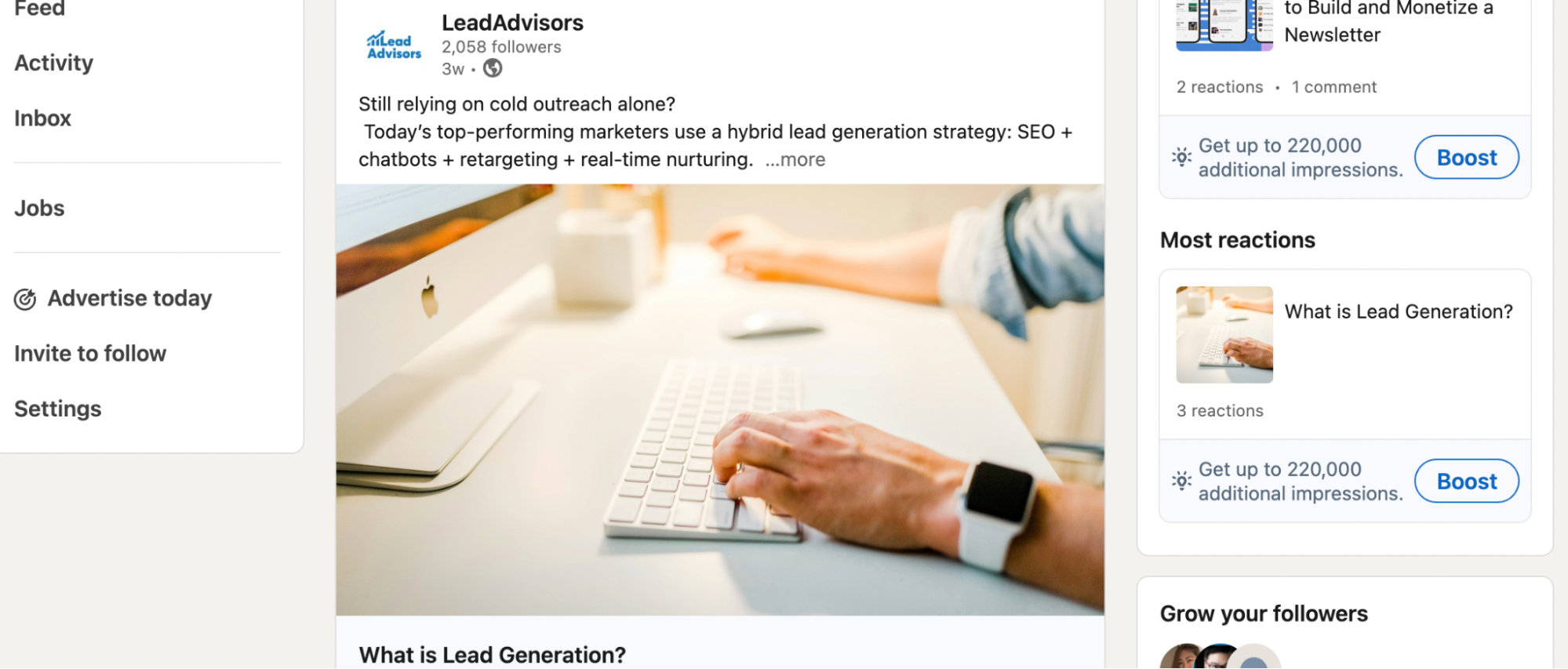
Publishing is just the first step – content promotion is what keeps your evergreen content in front of the right audience.
Leverage evergreen social media content by sharing your posts regularly across platforms like LinkedIn, Facebook, Instagram, and X (Twitter). Because evergreen social content stays relevant, you can reshare it multiple times without it feeling outdated.
This approach ensures your evergreen content on social media continues to attract clicks and engagement long after the original publish date.
Repurpose your content into different formats:
- Turn a blog post into a short YouTube explainer.
- Convert key insights into an email series.
- Discuss the topic on your podcast.
Use automation tools for post recycling to keep your content circulating without manual effort. Top-rated automation tools for post recycling evergreen content include RecurPost, MeetEdgar, and SocialBee.
Why is RecurPost considered the best social media scheduler for evergreen content strategy?
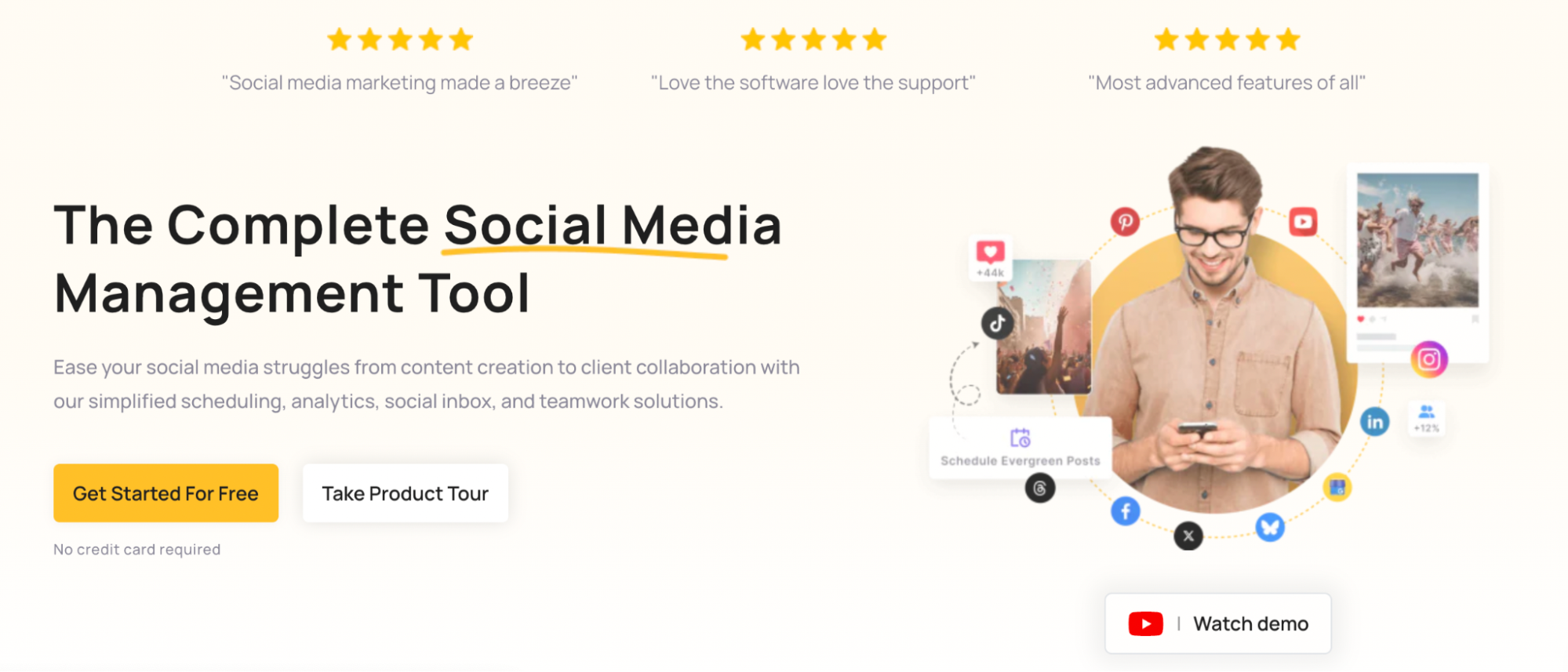
RecurPost stands out because it allows you to categorize evergreen posts, schedule them in cycles, and automatically repost them at optimal times – ensuring consistent visibility and traffic without extra work.
Promoting your evergreen assets strategically keeps them alive in your audience’s feed and continuously drives traffic back to your website.
Tip 4 – Build an Evergreen Content Strategy That Lasts
A strong evergreen content strategy isn’t just about creating one or two timeless posts – it’s about making evergreen assets a consistent part of your content plan.
Integrate into your editorial calendar
Schedule evergreen pieces alongside trending content. This balance ensures you benefit from the immediate buzz of trends while building the long-term stability that evergreen marketing offers.
Think long-term business value
In the context of evergreen meaning business, these assets are like compounding investments: they deliver ongoing returns without constant reinvention.
Plan regular content audits
Even the best evergreen posts require occasional updates to maintain rankings and relevance. Refresh data, check internal links, and ensure the information still reflects current best practices.
Evergreen content benefits include steady organic traffic, reduced content churn, and stronger authority in your niche. By continually adding to your library of evergreen resources, you increase your site’s evergreen value – its ability to attract and engage visitors for years without losing impact.
Tip 5 – Measure, Track & Improve Evergreen Content Performance
| Aspect | Details | Why It Matters | Tools to Use |
| Organic Traffic | Track the number of visitors coming from search engines over time. | Shows if your evergreen content is still attracting audiences. | Google Analytics |
| Rankings | Monitor your keyword positions in search results. | Indicates whether your evergreen SEO content is maintaining visibility. | Ahrefs, SEMrush, Moz |
| Backlinks | Check how many other sites are linking to your content. | Backlinks strengthen domain authority and improve SEO rankings. | Ahrefs, Majestic |
| Engagement | Measure time on page, bounce rate, and interactions. | Helps assess content quality and relevance for readers. | Google Analytics, Hotjar |
| Content Refreshes | Update stats, examples, and keywords periodically. | Keeps evergreen content relevant and competitive. | Editorial calendar, spreadsheet tracker |
Pro Tip: True or false – evergreen content stays relevant to its readers? True, but only if maintained. Refreshing your posts regularly helps increase website traffic organically, drive traffic to your website, and maximize the benefits of evergreen content.
Common Mistakes & Myths About Evergreen Content
Mislabeling Time-Sensitive Content as Evergreen
One of the biggest mistakes is treating trending or seasonal posts as evergreen topics. A news update, product launch announcement, or seasonal sale will quickly lose relevance. True evergreen content solves problems and answers questions that remain constant over time.
Neglecting Refresh Cycles and Updates
Even the most successful evergreen posts can lose ranking power without occasional updates. Fresh statistics, new examples, and refined keywords keep your content competitive. To maintain performance, set a review schedule every 6–12 months.
Overlooking Formats Beyond Blog Posts
Many marketers stick to text-only content and miss opportunities to create evergreen topics in video, infographic, or podcast formats. Diversifying your formats can attract new audiences and improve retention.
Believing Evergreen Means “Set and Forget”
Evergreen content still requires care. Without keyword optimization and performance tracking, it can slowly lose visibility. Think of it as a garden – it will keep growing, but only if you water it.
Frequently Asked Questions
Can evergreen content work for any industry?
Do I need a large budget to create evergreen content?
Is evergreen content only for blogs?
How long should evergreen content be?
Can evergreen content improve brand trust?
Final Takeaways
Mastering evergreen content involves choosing topics with lasting value, optimizing them for SEO, promoting them consistently, building them into your long-term strategy, and measuring performance over time.
Start small by creating one evergreen blog post this month—choose a subject with ongoing search demand, optimize it for your audience, and promote it across channels. With regular updates and strategic promotion, evergreen content can drive steady traffic, improve search visibility, and continue delivering value long after it’s published.





